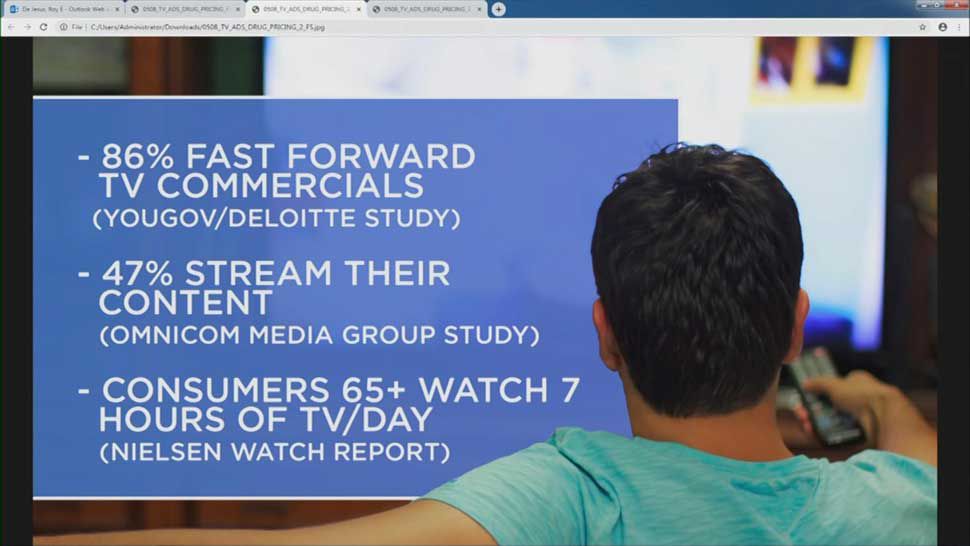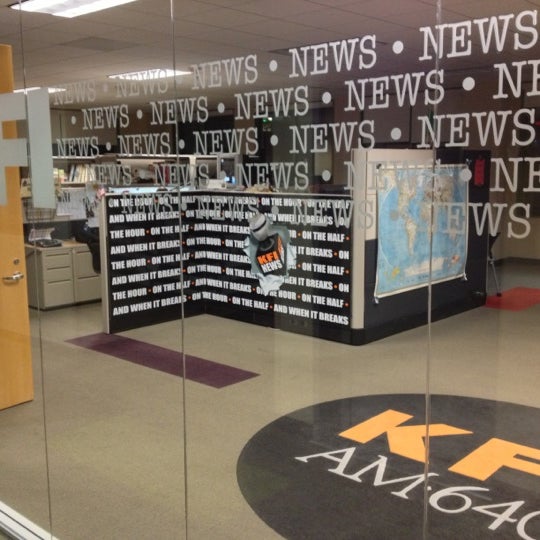
A roadside advertising sign is a common form of roadside advertising. It may cause drivers to become distracted and it can also affect drivers' driving behavior. You can classify them into two categories: static and dynamic. The effects of these signs on driving behaviour are not well understood.
Despite their widespread popularity, evidence regarding the direct impact of advertisements on road safety is sparse. However, there are a few studies that have looked at key human factors associated with roadside advertising.
Roadside advertising can have a number of influences on risk factors, including the physical characteristics of the signs, speed at which they change, information displayed and presence of humans. All these variables influence the drivers' attention. This is influenced by the behavioural characteristics of the driver and his or her physiological and psychological resources.

Younger or less experienced drivers are more likely than more experienced drivers to interact with roadside advertising. Their ability to discern between relevant information and irrelevant information is also lower. These people are more susceptible for distraction.
The Task-Capability Interface model (TCI), is one method to study the effect of roadside advertising on driving behavior. This model considers vehicle and environment in order to understand the relationship between them. According to TCI, drivers pay more attention to roadside advertising signs that are less changeable than they are. Transient factors include changes in information, signs number, and images displayed sequentially.
The interaction with a roadside sign caused drivers to have a lower performance. These performance decrements were highest in young drivers, as evidenced by studies. Additionally, the presence of a human on the sign seemed to increase the level of distraction.
Additionally, researchers have examined the effect of various roadside advertising technologies upon driver behavior. In Israel, for example, researchers compared the effects on drivers of billboard restoration and removal. Another study looked into the effects of digital advertisements on drivers' driving habits.

The roadside advertising industry acknowledges the importance of road safety, but they are not accountable for ensuring that their products do not lead to a crash. Therefore, it is essential to research a wide variety of road users. These research studies should also consider pedestrians.
While it is important to study the effect of roadside advertising on driving, it is equally important to account for all of the human factors that can influence driving. However, it's not always possible to do so in a systematic way.
Overall, the relationship between the impact of roadside advertising and drivers' behavior is a complex one. It is possible to think of roadside advertisements as environmental clutter. But, its impacts can be difficult and expensive to measure.
FAQ
What is branding?
Branding is how you convey who you really are and what you believe in. It is how you make people recall you when they hear you name.
Branding is about creating a unique identity that distinguishes your company. A brand isn't just a logo. It also includes everything you do, including your physical appearance as well as the tone of voice that employees use.
A strong brand helps customers feel confident in buying from you because they know exactly what they're getting. This gives customers the confidence to choose your products over other brands.
A good example of a well-branded company is Apple. Its brand is known worldwide for its sleek design, high-quality products, and customer support.
Apple's name is synonymous with technology. Apple is synonymous with technology.
It is a good idea to create a brand prior to starting a new company. This will give your business a face and personality.
How can you choose your target audience?
Start with yourself, and the people closest to you. If you don’t know where or how to start, ask yourself "Whom are I trying to reach?"
Ask yourself the following questions: Who are my industry's most influential people? What are their daily problems? Which people are the most intelligent in my industry? Where are they located online?
Take a look back at how you started your company. What was your motivation for starting? What problem did you solve for yourself, and how did you do it?
These answers will allow you to determine who your ideal customers are. This will allow you to learn more about your ideal customers and their motivations for buying from you.
You can also look at your competitors' websites and social media pages to find clues about whom they cater to.
Once you have identified your target customer, you need to decide the best channel to reach them. An example: If you provide services to realty agents, you may create an informational website for home buyers.
A blog that targets small-business owners could be a possibility if you are a software provider.
A Facebook page could be created for clothing sellers. You could also set up a Twitter account if your restaurant is a business owner to help parents find kid-friendly restaurants.
The point here is that there are many ways to get your message across.
What is affiliate marketing?
Affiliate marketing is an online business model where you earn commissions by referring customers to products and services sold on other websites. If someone buys from your product, you get paid by the owner.
Affiliate marketing is built on referrals. For people to purchase from your site, they don't need anything extra. Refer them to the website.
Making money doesn't require any hard selling. It's easy to sell just as much as it is to purchase.
Even affiliate accounts can be set up in just minutes.
The more you refer people, the more you'll receive commission.
There are two types affiliates.
-
Affiliates who are the owners of their own websites
-
Affiliates who work for companies that offer products and services.
What is the cost of advertising on social media?
You should be aware that social media advertising costs money. You will be charged monthly depending on your time on each platform.
Facebook - $0.10 per 1000 impressions
Twitter - $0.20/1000 impressions (if applicable)
Send out invitations on Linkedin for $0.30 per 1000 impressions
Instagram - $0.50 Per 1,000 Impressions
Snapchat – $0.60 per 1,000 impressions ($0.40 for each user)
YouTube - $0.25 for 1,000 views
Tumblr - $0.15 per 1,000 impressions for text posts.
Pinterest - $0.05 per 1,000 impressions per month
Google+ - $0.15 to $0.0.20 per 1,000,000 impressions
Tumblr: $0.15-$.20 per 100,000 impressions
Vimeo - $0.20- $0.25 per 10,000 impressions
Soundcloud - $0.20 - $0.0.25 for 1,000,000 plays
StumbleUpon - $0.20 -$0.25 per 1 billion pageviews
Digg: $0.20 – $0.25 per 1,000 diggs
Reddit: $0.20-$0.25 for 1000 comments
Wordpress – $0.20--$0.25 Per 500 Comments
Flickr - $0.20 -- $0.25 per 5,000 photo uploads
What is the basic purpose of advertising?
Advertising is more about connecting with customers than just selling products.
Advertising is about communicating values and ideas to people who are interested in your products or services. Advertising is about changing people's minds and attitudes. It's also about creating relationships.
It is all about making people feel good.
You can't sell to your customers if you don’t know their needs.
So before you start any advertising project, you should first understand your customer's needs and wants, and buying habits.
This will allow you to create ads that resonate with your target audience.
What are the basics of print advertising?
Print advertising can be a powerful medium for communicating with customers. Many companies use print advertising to promote their products. Its main purpose is to grab the attention of consumers.
Print ads are typically one page long and include text, images, logos and other graphics. They may also include sound, animation, video, and hyperlinks.
The main types of print advertisements are classified as follows:
1. Brochures are large-format printed materials that are designed to draw people into shops. Brochures often feature eye-catching designs and colorful photos.
2. Catalogues- These are smaller versions and variants of brochures. These are usually sent to customers who request information about specific items.
3. Flyers - These are small pieces of paper distributed at events such as concerts and fairs. They can be given at retail outlets but must be paid for.
4. Posters - These flyers can be larger than the ones you see on the flyer. They are often displayed on walls, fences, or buildings. They are usually created using computer software programs designed to catch passersby's attention.
5. Direct mail – These are direct mail letters and postcards sent to potential customers. Companies send these out periodically to remind existing customers about their business.
6. Newspaper Ads are placed in newspapers and magazines. These are typically quite long and often contain text as well images.
What is the best way to learn about television advertising?
Television advertising is an extremely effective medium for reaching many people at once. It was also very costly. However, if you use it well, it can be incredibly powerful.
Although there are many kinds of TV ads to choose from, all share the same characteristics. It is important to make sure that your TV ad fits into the appropriate category. Do not attempt to run a lifestyle advertisement as a product advert. Your message should remain consistent throughout the campaign.
A second important thing to keep in mind is that prime-time hours is the best time to air ads. This is because most viewers watch TV while relaxing in front of the set. You want them relaxed enough that they can focus on you words.
You don't have to be rich to achieve great results. Actually, it could be the contrary. The University of California conducted a study that found commercials shown on popular programs were less likely than those on non-popular programs to sell products. If you spend a lot of money advertising on TV, make sure it's done right.
Statistics
- Worldwide spending on advertising in 2015 amounted to an estimated US$529.43 billion. (en.wikipedia.org)
- Nonetheless, advertising spending as a share of GDP was slightly lower – about 2.4 percent. (en.wikipedia.org)
- In 1919 it was 2.5 percent of gross domestic product (GDP) in the US, and it averaged 2.2 percent of GDP between then and at least 2007, though it may have declined dramatically since the Great Recession. (en.wikipedia.org)
- Google will display whichever ad type (CPM or CPC) is expected to earn more revenue for the publisher, which is in Google's best interest since they take a 32% share of the revenue. (quicksprout.com)
External Links
How To
How to advertise on Facebook
Facebook is one of the most popular social media platforms worldwide. Facebook is used every month by an estimated 1 billion people. Facebook is one of the most important companies in the world. The popularity of Facebook is mainly due to its unique features such as chat, video calls, games, etc. Facebook accounts enable users to post photos, leave comments, receive messages, play games and view videos. Facebook also allows businesses to promote themselves through advertisements. These advertisements may include text ads and banner ads as well as sponsored stories and promoted posts.
Facebook advertising comes in two forms. The first is to pay advertising. Another way is to use free methods. These are the two methods we'll discuss below.
How to advertise on Facebook using paid options
Paid advertising via Facebook is where you pay Facebook directly for every impression. You can pay monthly or annually. Facebook offers several types of paid advertisement. These include:
Text ads – These ads are very similar to regular text ads. These text ads can be placed above or below the newsfeed and not next to it.
Banner ads are rectangular images that occupy a full screen page. They usually show an offer or product.
Promoted Posts: These posts appear at or near the top of your newsfeed. Businesses use promoted posts often to promote products.
Sponsored Stories are stories that have relevant content and appear at the top users' feeds. These stories can be paid for by brands or businesses that want to reach potential clients.
Advertising using Free Options
Facebook offers free advertising. These include text ads, banner ads, promoted posts, sponsored stories, and other forms.
Free advertising isn't able to create a specific audience, unlike regular Facebook. Targeting people can only be done based on their age, gender or location.
How to get advertising on Facebook started
If you wish to advertise on Facebook, the first thing you should do is sign up. Then you will be able to access all the tools available. To set up your account, follow the steps below:
-
Click "Create New Ad Set"
-
Add a name to your ad-set.
-
Select the type of advertisement you would like to place (text, image, video).
-
Select the locations that you wish to target.
-
Determine the budget amount.
-
You can select Facebook Audience Network from this drop-down menu.
-
Click "Next Step."
-
Click "Review & Proceed".
-
After reviewing your selections, click "Continue".
-
Complete any additional information.
-
Click "Save changes."
-
Wait until the expired ad campaign is complete before you begin your campaign.
-
Click "View Ad Statistics" after your campaign is finished.
-
Check the results of your campaign.
-
Keep repeating steps 13-16 till you find the best setting for your business.
-
Get started advertising!